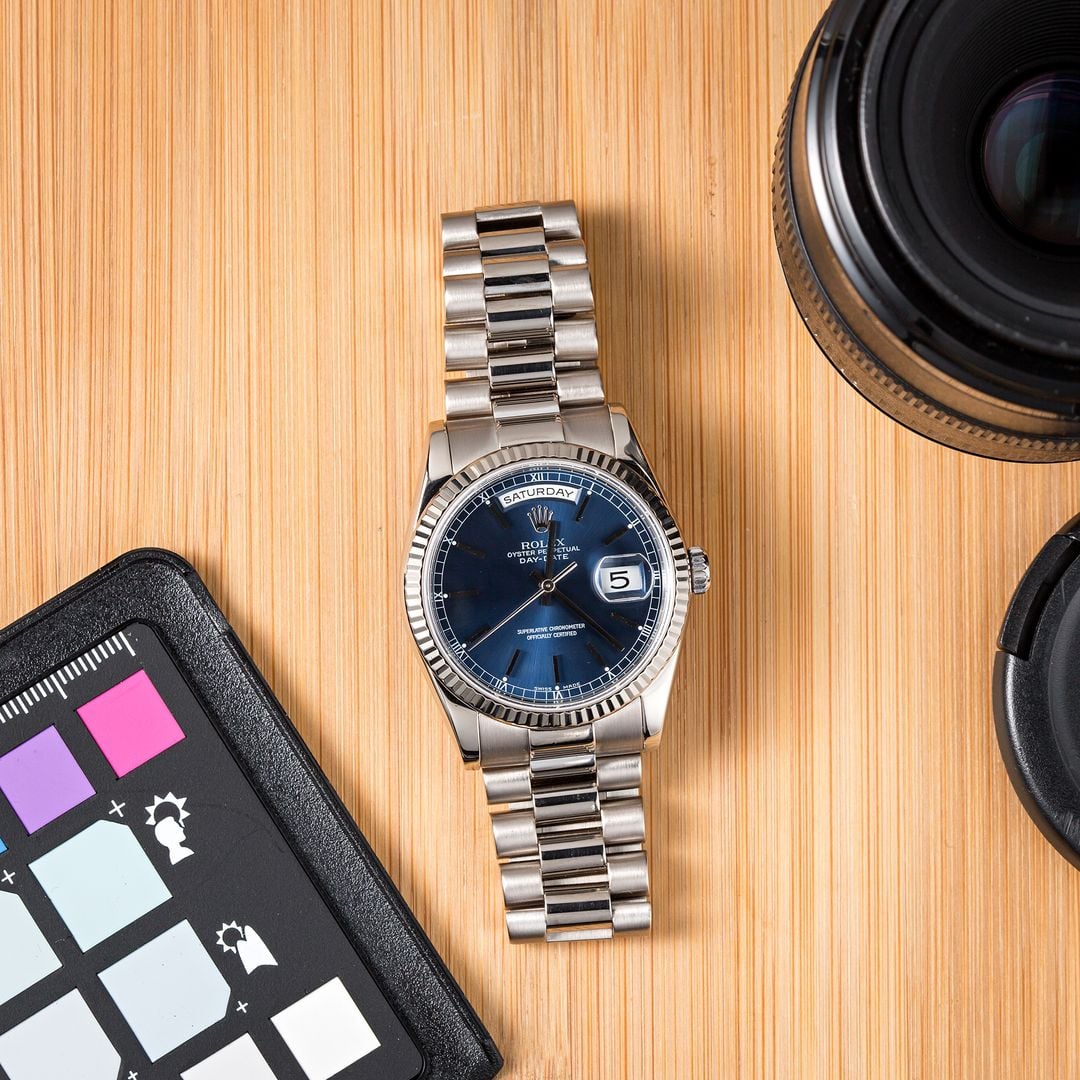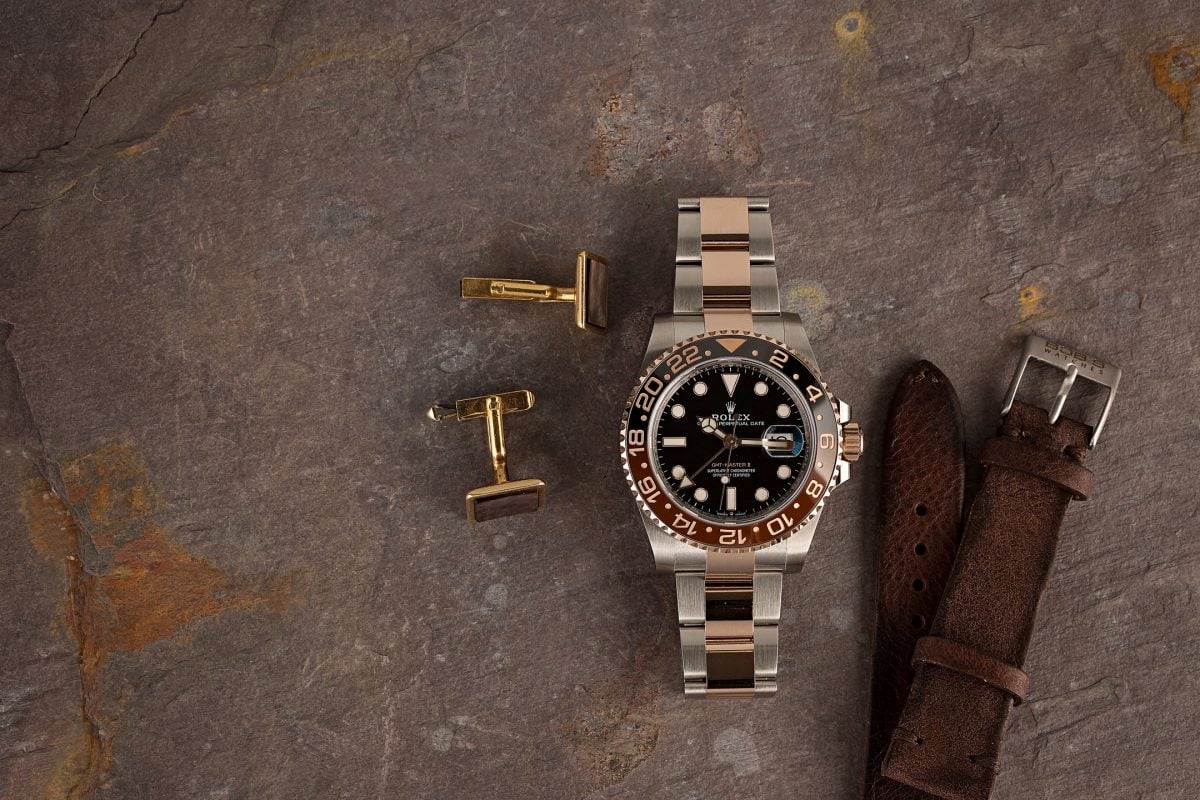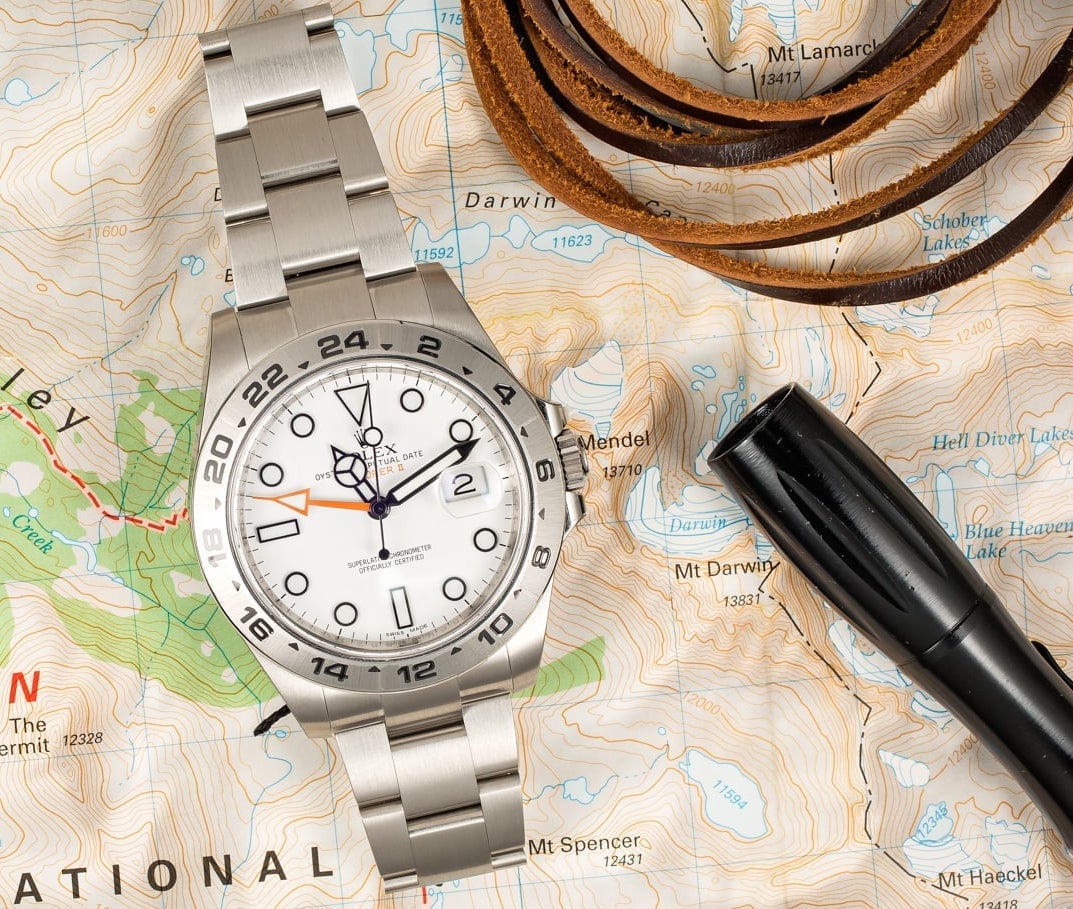There are numerous parallels between watches and cars, and many of the same trends witnessed in one industry can often be observed and reflected throughout the other. Although both cars and watches are manufactured in numerous different countries throughout the entire world, in both industries it is primarily European and Asian manufacturers that dominate the majority of the global market.
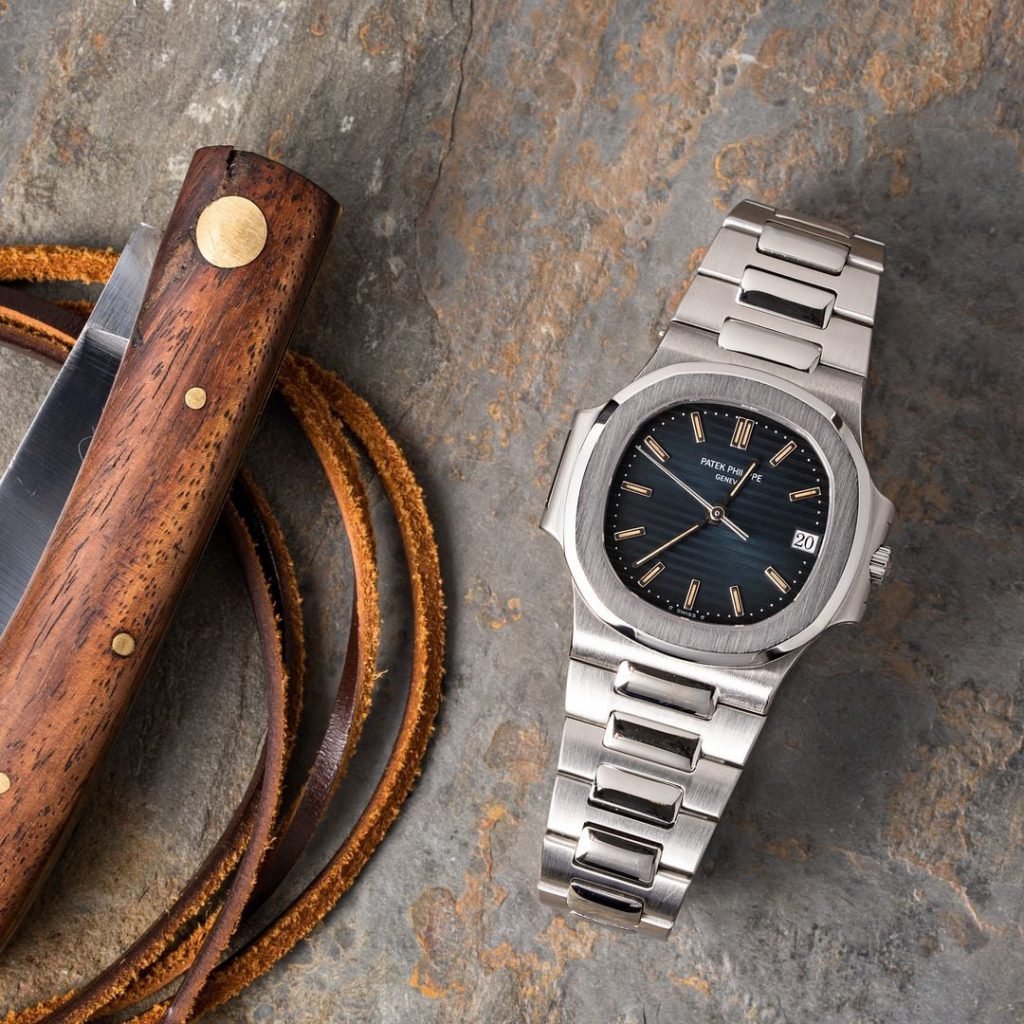
Within the wristwatch industry, the vast majority of high-end, world-renowned, luxury manufacturers are based out of Europe. Although certain Japanese luxury timepiece manufacturers such as Credor and Grand Seiko produce small-batch works with immaculate degrees of hand-finishing and a remarkable attention to detail, these Japanese brands are often left out of the discussion when people refer to the world’s most prestigious and renowned, luxury wristwatch brands.
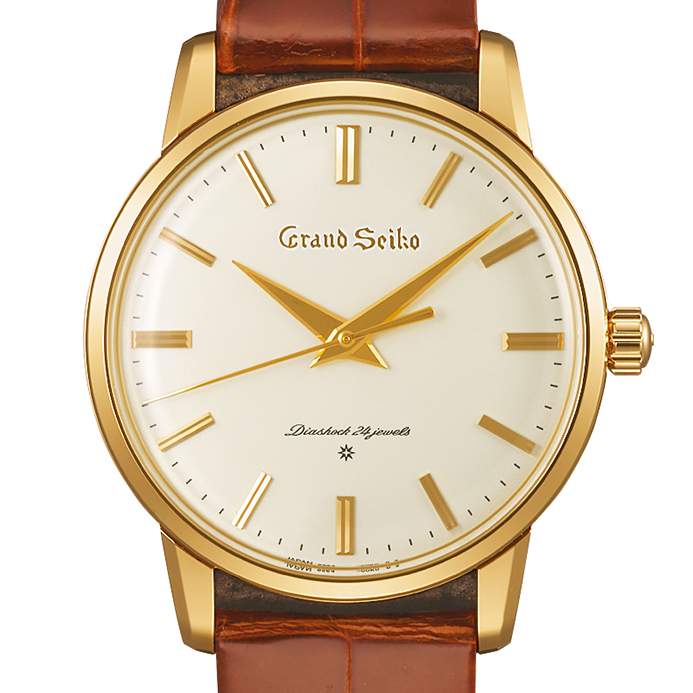
High-end Japanese manufacturers also seem to be underrated within the world of premium and performance-oriented cars. Priced above the vast majority of luxury automobiles are the premium offerings from brands like Ferrari, Lamborghini, Bugatti, Porsche, and Bentley. While Japanese luxury automotive manufacturers such as Lexus and Acura are frequently mentioned alongside their European counterparts, such as BMW and Mercedes-Benz, once the discussion turns from luxury automobiles to premium-luxury automobiles, Japanese manufacturers struggle to find the same widespread recognition and appreciation that is enjoyed by many of their European competitors – despite producing comparable, and in many cases, even superior products.
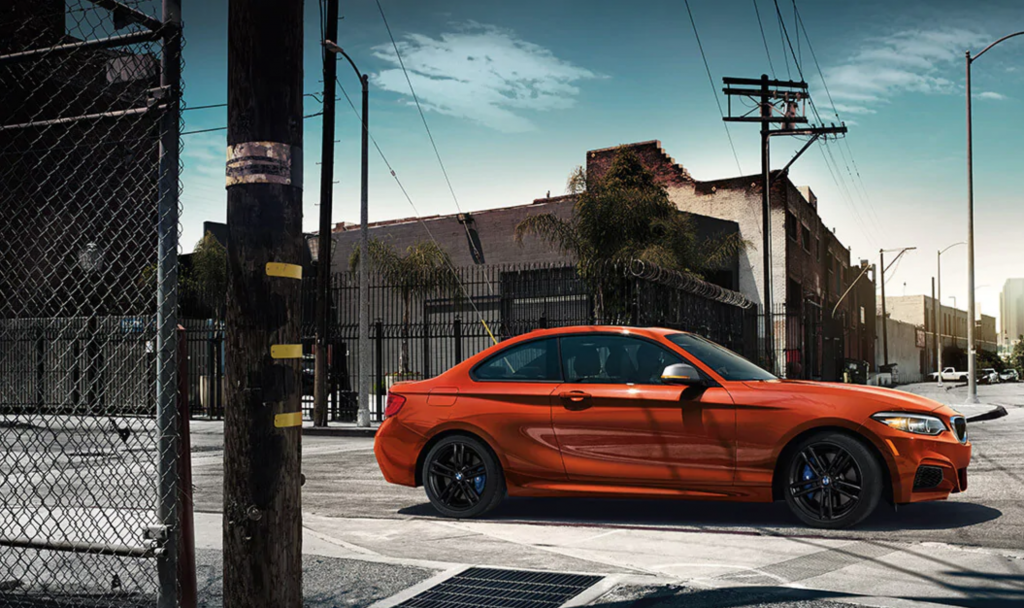
Just as a Credor watch made inside Seiko’s Micro Artist Studio can easily go head-to-head with anything created by Europe’s most prestigious, luxury timepiece manufacturers, Japanese supercars, such as the Nissan GT-R, the Acura NSX, and the Lexus LFA can outperform many of their European competitors. Despite offering comparable (or even superior) performance, and often at a significantly lower price point, Japanese supercars do not receive nearly the same levels of recognition and general notoriety, as supercars from Italy, Germany, or even England.
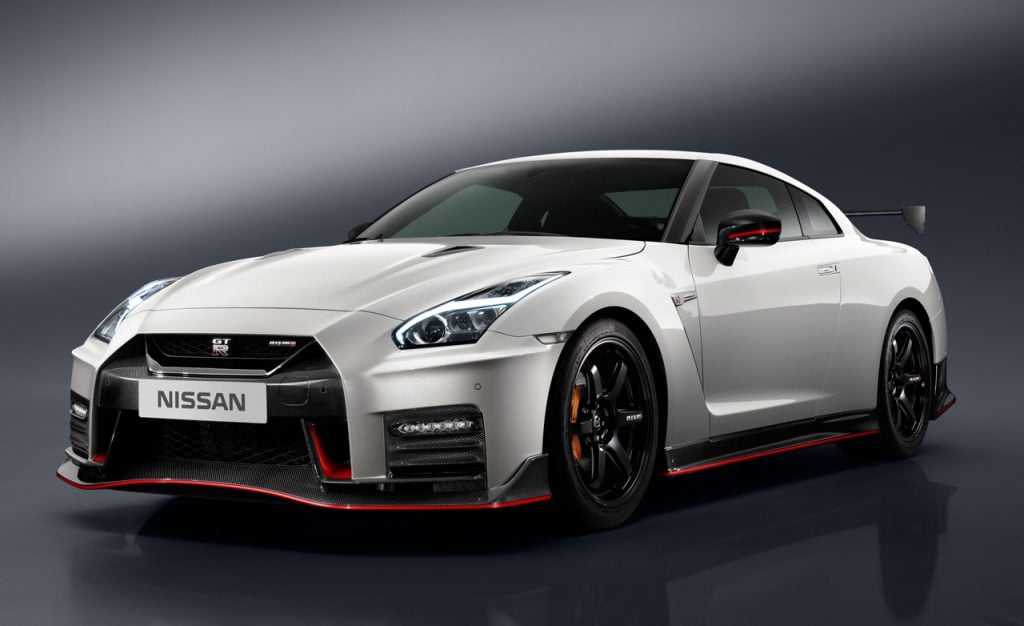
Where Japanese manufacturers find their greatest successes and their most enthusiastic customer-base is on the lower-end of the price spectrum – both in the automotive industry and the wristwatch industry. Many people do not need (nor want) a supercar, and would prefer to own a fuel-efficient and comfortable vehicle for getting to and from work. For those seeking affordability, practicality, and maximum features per dollar spent, Japanese manufactures are nearly impossible to beat, and are able to provide all of this and more in a highly reliable package.
In the same way that Seiko can sell an ISO-rated, mechanical dive watch with an in-house movement for less than what it costs to have a Rolex cleaned and serviced, Honda can sell a fully-loaded Civic for significantly less than the cost of the cheapest, entry-level vehicle from BMW or Mercedes-Benz. Additionally, Japan’s ability to embrace new technology – in both the automotive and wristwatch industries – has resulted in an unparalleled ability to provide new and previously unheard-of features to their products, which would have otherwise simply not been possible without the integration of new technology.
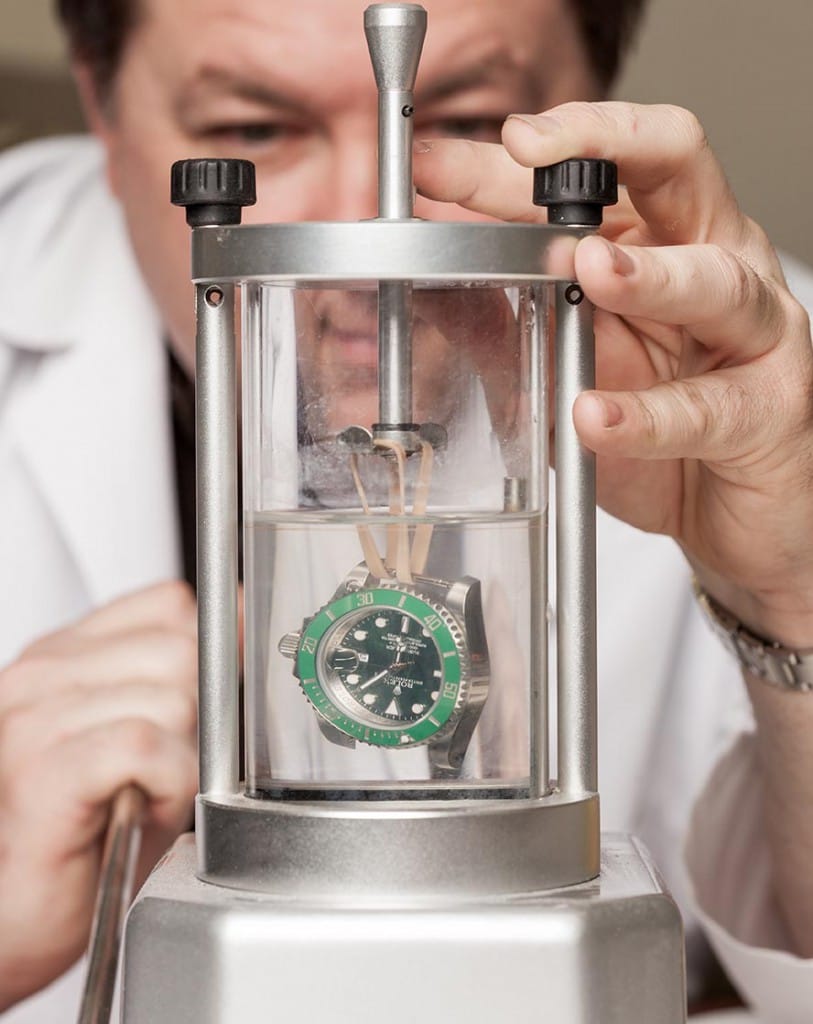
Just as Toyota was able to offer customers unparalleled fuel efficiency during the late 1990s with their modestly-priced, hybrid electric vehicle, the Prius, Casio can sell a solar-powered G-Shock with atomic timekeeping, 200-meters of water resistance, and more additional features and complications than it is possible to fit into a mechanical timepiece the size of a grapefruit – all for less than the cost of dinner for two at a decent restaurant. Additionally, that same Casio G-Shock will be virtually indestructible, and will survive a 100-meter drop out of a window after being frozen overnight in a block of ice (assuming that it does not land in molten lava thereafter).
The parallels and similarities between the automotive and timepiece industries are nearly endless, and they even extend to the various consumer preferences and prejudices that dictate the successes, failures, and market placemat of the brands that operate within their respective industries. Although European manufacturers firmly dominate the premium, luxury-oriented segment of the both the automotive and wristwatch markets, Japanese timepiece manufacturers that have found remarkable success with the countless individuals that would prefer to have Bluetooth connectivity and a sunroof, rather than a carbon fiber body kit and an engine with an additional 300 horsepower.

